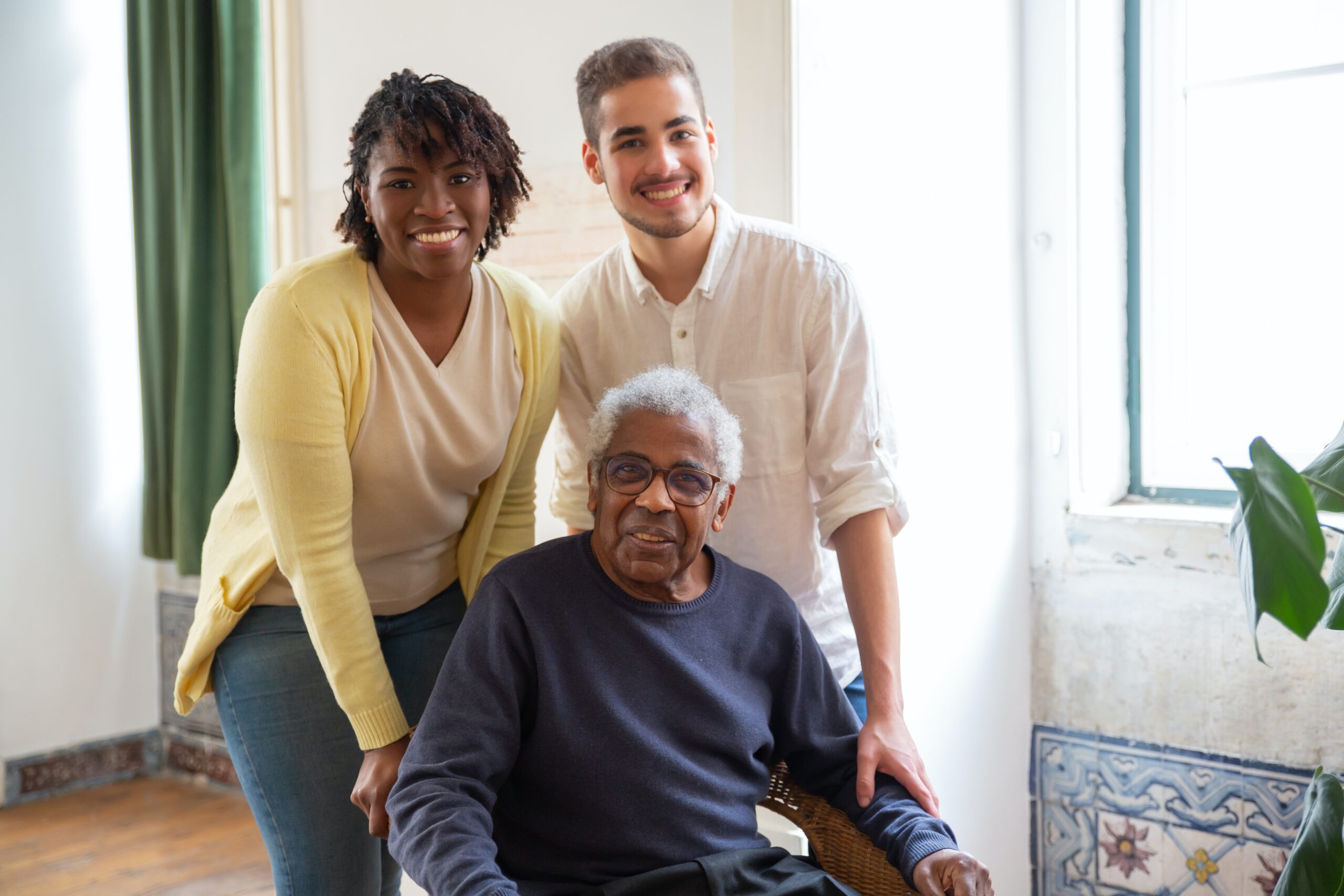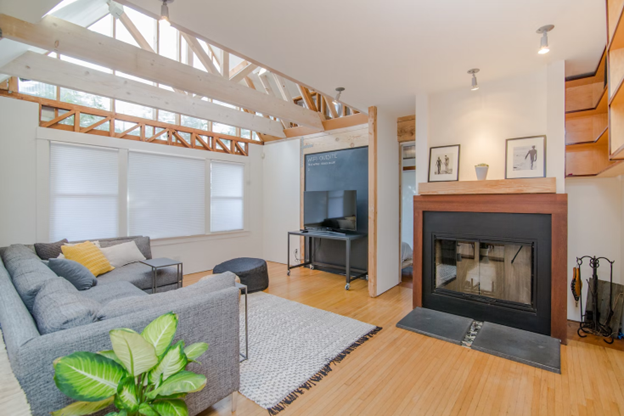Authored by Andrea Adams
In today’s busy world, having a home that evokes a calm and peaceful atmosphere has become a priority for many people. It’s an escape from the outside world and a space to recuperate from a stressful and hectic day; however, the details of the house that may drain you are often overlooked.
Whether it’s living in your own house, with one’s child or in a home built specifically for elderly people, creating a more peaceful home is possible, and here are 6 tips to make that happen.
Work on Noise Reduction
To begin, notice areas in the home that have a lot of unwanted ambient noise. Unwanted noise can cause distractions, stress, and sleepless nights. This does not necessarily come from outside our homes. Oftentimes, it’s the result of household appliances being too noisy and disrupting the calmness and peacefulness we want to achieve in our homes. As a result, the louder the noise, the louder you may turn audio or talk louder to drown it out.
Of course, we can’t easily do away with our noisy coffee grinders, vacuum cleaners, and air conditioning units. Luckily, experts at the Silent Home Hub have curated some helpful guides that will save you time and effort in seeking out those trustworthy appliances that will keep your ears happy.
De-clutter your spaces
Clutter is often an eyesore that distracts and creates unpleasantness in the home. Seeing paperwork and mail to be sorted, clothes to be put away, and messes to be taken out can immediately raise the stress level. Moreover, living with clutter can often be dangerous in a home care setting as this could lead inconvenience or worse, injury.
Determine which areas tend to clutter up easy and come up with a solution such as sorting items that are good for donating, selling, throwing, cleaning, or putting away. Having a clutter-free home allows you to be more in control and feel more relaxed.
Designate distraction/tech-free areas
It’s easier to unwind and sleep when you’re not overstimulated. In fact, it’s probably not a great idea to try to sleep with the TV on as background noise. Exposure to artificial blue light from screens and devices suppresses melatonin and increases alertness. It can even reset the body’s internal clock leading to sleep delays which can accumulate into sleep deficits over time.
In this case, designate areas in the home where you want to remain engaged and where you want to unwind.
Use calm color coordinates
Though colors are not something most people take a long time to decide on, consider picking colors based on the mood you want to set in your room.
Calm colors (like white, beige, and grey) and natural colors (like green, brown, and blue) evoke a relaxed feeling. Bright colors energize and give the room a pop of color.
Once you find something you like, limit the number of colors to no more than 3-4 as having too many colors can make the room appear cluttered. Agitation may also arise from too much visual stimulation.
Create the right ambiance with lights
Lighting is another aspect to consider in creating a more peaceful and relaxing home.
Invite natural light in by opening up the windows. Instantly, the room will feel brighter and lighter. Access to natural sunlight also elevates the mood. For more of a daylight glow, use sheer window covers to diffuse light.
At night, blackout curtains can make a difference for people who live in the city, where light can otherwise be inescapable. Darkness aids the brain in secreting sleep-promoting melatonin.











